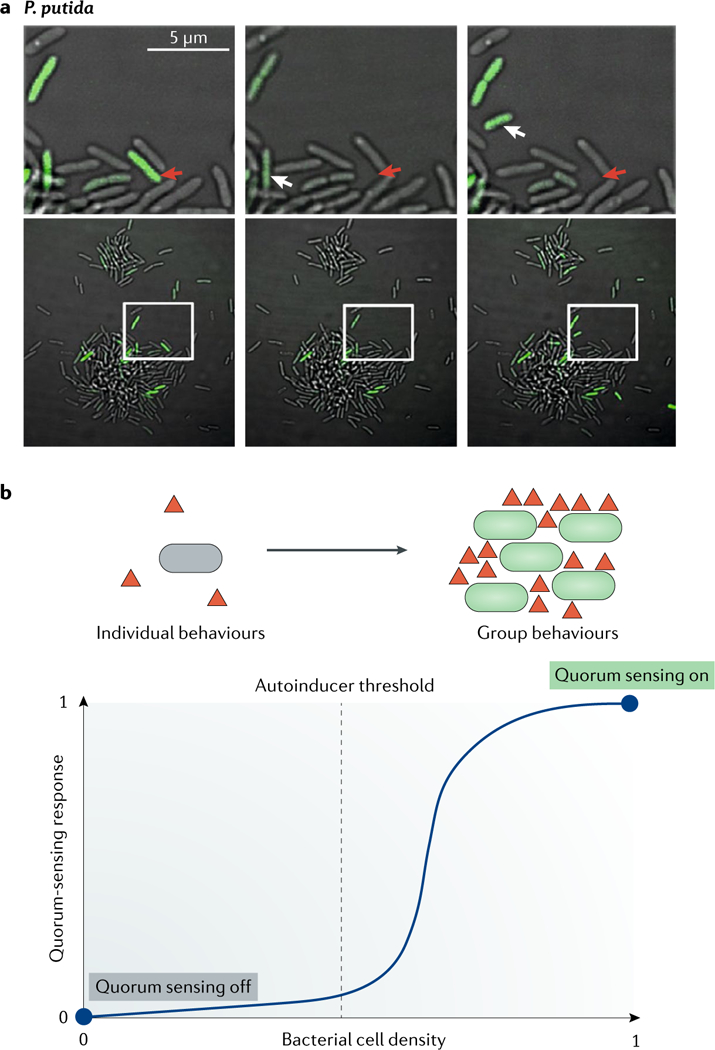Fig. 3 |. Heterogeneity in quorum sensing.

a | Pseudomonas putida can exhibit heterogeneous quorum-sensing responses, in particular, during the early stages of biofilm growth. Only some cells in growing microcolonies produce GFP from a plasmid carrying a quorum-sensing-dependent reporter fusion (lasB–gfp) and the autoinducer receptor. The construct thus reports on individual cell autoinducer production and autoinducer response. Thus, quorum-sensing-regulated putisolvin production occurs only in a subpopulation of cells, and those cells subsequently disperse from the clusters. The upper panel shows a close-up view of the region outlined in the lower panel, and green shows GFP production. The red arrows indicate a cell that leaves the microcolony (top far left; cell absent in middle and right top panels), and the white arrows indicate a cell that moves to the periphery of the microcolony. b | Such heterogeneity can be explained through the concept of quorum sensing as a bistable response function58,60. The dashed line indicates the autoinducer threshold level. The curve shows the quorum-sensing response to different autoinducer (triangles) levels. To achieve bistability, autoinducer production is downregulated in cells that detect it below the threshold value and upregulated in cells that detect it above this threshold. At low cell density, the system is fixed in quorum-sensing-off mode (stable fixed point at 0), and the bacteria exhibit individual behaviours. At high cell density, the system is fixed in quorum-sensing-on mode (stable fixed point at 1), and the bacteria exhibit group behaviours. At intermediate levels (unstable fixed point), transitions between quorum-sensing-on or quorum-sensing-off modes are driven by fluctuations in autoinducer concentration. Part a is reproduced from REF45, CC-BY-4.0.
